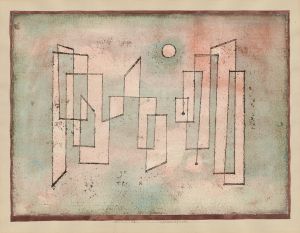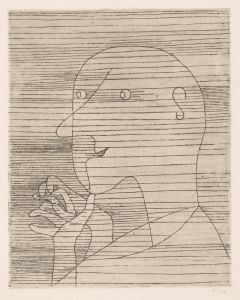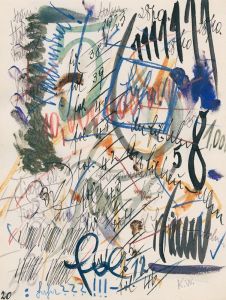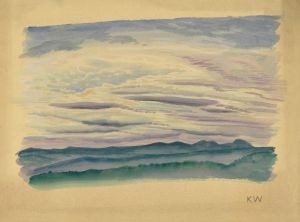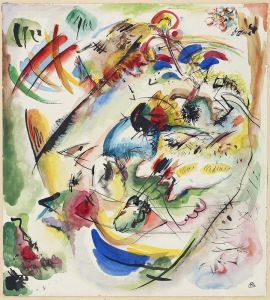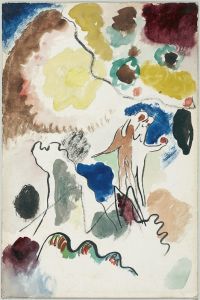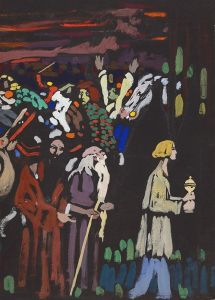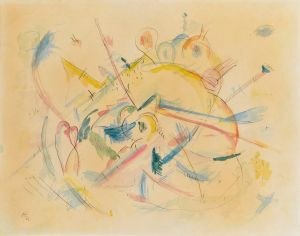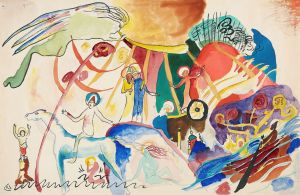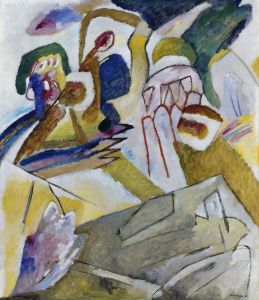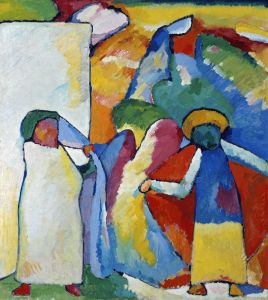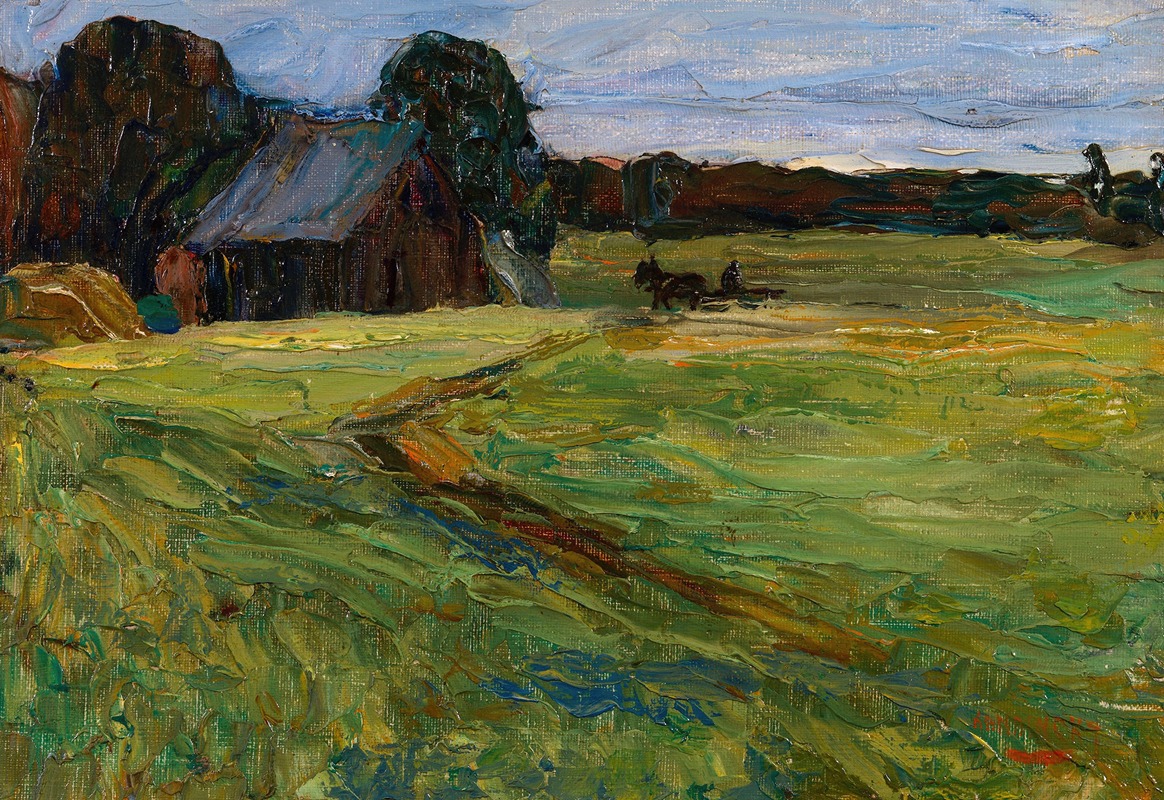
Russian landscape
A hand-painted replica of Wassily Kandinsky’s masterpiece Russian landscape, meticulously crafted by professional artists to capture the true essence of the original. Each piece is created with museum-quality canvas and rare mineral pigments, carefully painted by experienced artists with delicate brushstrokes and rich, layered colors to perfectly recreate the texture of the original artwork. Unlike machine-printed reproductions, this hand-painted version brings the painting to life, infused with the artist’s emotions and skill in every stroke. Whether for personal collection or home decoration, it instantly elevates the artistic atmosphere of any space.
Wassily Kandinsky, a pioneering figure in abstract art, is renowned for his innovative approach to painting, which sought to convey emotion and spirituality through color and form rather than representational accuracy. One of his works, "Russian Landscape," reflects his early exploration of these ideas, although specific details about this particular painting are limited.
Kandinsky was born in Moscow in 1866 and spent his early years in Russia, which significantly influenced his artistic development. His exposure to Russian folk art, religious iconography, and the vibrant colors of the Russian landscape played a crucial role in shaping his aesthetic sensibilities. These elements are often reflected in his work, including "Russian Landscape," which is believed to capture the essence of the Russian environment through his unique artistic lens.
During his early career, Kandinsky was associated with the Munich-based group Der Blaue Reiter (The Blue Rider), which he co-founded with Franz Marc in 1911. This group was instrumental in the development of abstract art, emphasizing the spiritual and symbolic use of color and form. Kandinsky's work during this period often incorporated elements of Russian culture and landscape, serving as a bridge between his Russian heritage and his avant-garde artistic pursuits.
"Russian Landscape" is thought to be one of Kandinsky's works that embodies his transition from representational art to abstraction. While specific details about the painting's composition and creation date are scarce, it likely features the vibrant colors and dynamic forms characteristic of Kandinsky's style. His use of color was not merely decorative but intended to evoke emotional responses and convey deeper spiritual meanings.
Kandinsky's theoretical writings, such as "Concerning the Spiritual in Art," provide insight into his artistic philosophy. He believed that art should transcend the material world and express the inner life of the artist. This philosophy is evident in his landscapes, where he often abstracted natural forms to capture their spiritual essence rather than their physical appearance.
Throughout his career, Kandinsky's work evolved from landscapes and figurative compositions to fully abstract works. His Russian landscapes, including "Russian Landscape," serve as important milestones in this evolution, illustrating his journey towards abstraction and his quest to depict the unseen spiritual realities.
While "Russian Landscape" may not be as widely recognized as some of Kandinsky's other works, it remains an important piece within his oeuvre, reflecting his early influences and his innovative approach to art. Kandinsky's legacy as a pioneer of abstract art continues to be celebrated, and his works are held in major collections worldwide, inspiring generations of artists to explore the expressive potential of color and form.





